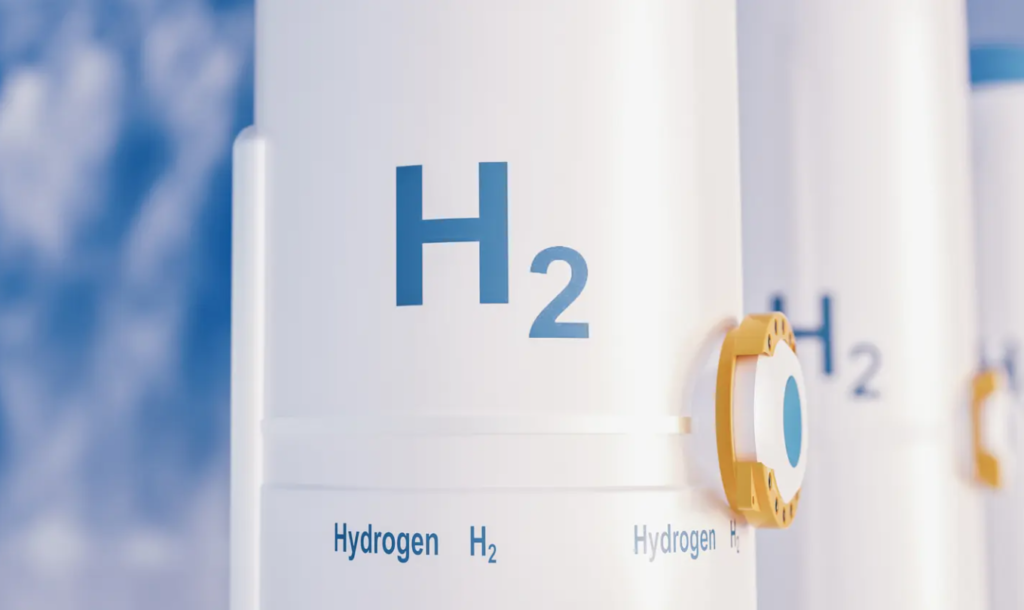New type of solid oxide fuel cells
(sustainabilityenvironment.com) – Coming from the United States, it is more precisely from the engineering and materials science laboratories of Michigan Technological University, a new flexible fuel cells. The electrochemical device, renamed with the acronym CSSFC, is a kind of solid oxide fuel cell (also known as SOFC) to which the team of scientists has modified the design to improve performance. But to understand what kind of innovation research has brought, we need to take a few steps back.
What are the SOFC?
SOFC solid oxide fuel cells represent an interesting energy conversion technology, capable of producing electricity directly from the fuel. These systems are highly efficient and can work with different fuels, adapting to both hydrogen and methane. On the other hand, however, they require high operating temperatures (about 800°C) that raise their costs and production complexity. This is why industry research has been studying new ways to lower the operating temperature without affecting the yield.
The new CSSFC
The scientist Yun Hang Hu and two students Hanrui Su and Wei Zhang, faced these challenges by changing the conventional approach to the problem. In detail, the team created an interface inside the cell between the electrolyte and the molten carbonate that could act as an ultrafast channel for the transfer of oxygen ions.
“This allowed us to invent a completely new type of fuel cell, a solid fuel cell with carbonate superstructure (CSSFC),” Hu said. “The operating temperature of a conventional SOFC is usually 800 degrees Celsius or higher, because at a lower temperature the transfer of ions into a solid electrolyte would be very slow,” the scientist stressed. “In contrast, the superstructured electrolyte of the CSSFC can provide a rapid ion transfer at 550 degrees Celsius or less, even at 470 degrees Celsius“.
The relatively low operating temperature offers high theoretical efficiency and lower manufacturing costs of the cells. In addition, the CSSFC has a high peak power density of 215 mw/cm2 with dry methane fuel at 550 ºC, which is higher than all reported values of SOFC supported by electrolyte. The results of the research were published in Proceedings of the National Academy of Sciences.

